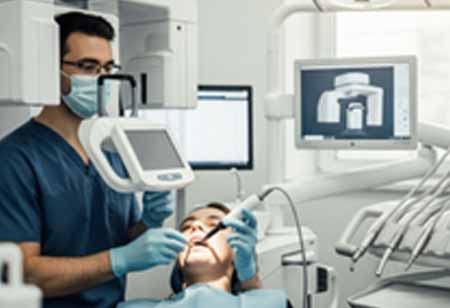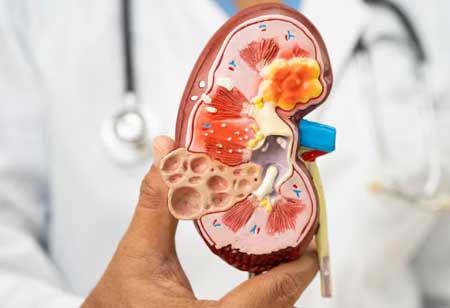Advancing Dental Health: A Deep Dive into Technological Innovations
From diagnostics and treatment to patient engagement, dental technology has advanced the art and science of dentistry, making it more accurate, efficient, and comfortable for both dentist and patient.

By
Medical Care Review | Friday, September 26, 2025
Stay on top of your health and well-being with exclusive feature stories on the top medical clinics and treatment centers, expert insights and the latest news delivered straight to your inbox. Subscribe today.
Fremont, CA: Technology is a fundamental pillar of contemporary healthcare, and dental care is no exception. In recent decades, advancements in technology have profoundly transformed the field of dentistry, leading to more precise diagnoses, less invasive treatment methods, and an increased focus on preventive care. This growing acceptance of technological innovations has resulted in improved patient outcomes and enhanced efficiency and comfort for practitioners. Integrating digital systems into clinical workflows has redefined treatment planning and significantly elevated the overall patient experience during dental visits.
Digital Imaging and Diagnostic Precision
One of these developments that has been phenomenal in its influence in recent years was the transformation from classical radiographs to more accurate digital imaging procedures. With better image quality and lower radiation exposure, digital X-rays yield immediate results, enabling the dentist to make a more precise and faster diagnosis regarding problems affecting the patient's dental health.
Intraoral cameras and 3D imaging systems give a thorough presentation of the patient's oral health, aiding in identifying pathologies that might otherwise be overlooked during the typical examination. These tools bolster early diagnosis and better treatment quality. Digital scanners, eliminating the need for conventional impression-taking, are an even more pain-free approach for patients, offering maximized accuracy.
Computer-assisted design and manufacture techniques have streamlined crown, bridge, and veneer procedures. While waiting for set-up, dentists can design and manufacture restorations themselves, eliminating lengthy wait times and multiple appointments. The technology ensures a precise fit for the restoration, thus augmenting the longer-term success with increased patient satisfaction.
Innovations for Treatment and Comfort
Technology has also changed how procedures are done to improve patient comfort. Laser dentistry applies to many procedures today, including reshaping gum tissue, cavity preparation, and soft tissue procedures. Laser technology decreases pain and increases healing, providing one more alternative to traditional rotary drills, which are somewhat painful. It also advances ultrasonic instrumentation, which will be widely accepted in removing deposits conservatively deep in the roots.
Another area is orthodontics: with the help of three-dimensional imaging/modeling software, clear aligner systems offer a very aesthetic and practical solution in avoiding traditional braces. Predictable outcomes complement increased aesthetics during treatment through precision in planning and monitoring. Even in root canal therapy, the rotary endodontic tools and digital means of measuring length are two innovations that add to the accuracy and shorten intervention time.
Integrating Patient Engagement and Preventive Care
Another area benefiting from recent advances is patient communication and education. Digital systems and chairside monitoring have made it easier for clinicians to show patients their diagnostic images in real time, explaining treatment options and empowering patients to make informed decisions. The resulting transparency helps build trust and enhances the care experience. Mobile apps and reminder systems are also helpful in maintaining healthy oral hygiene habits and appointments.
These advances are meant to improve technical outcomes and enhance the general standard of care simultaneously. Patients visiting a top dental care clinic will likely experience a less smooth journey from beginning to end, during which each step is personalized to their needs.







